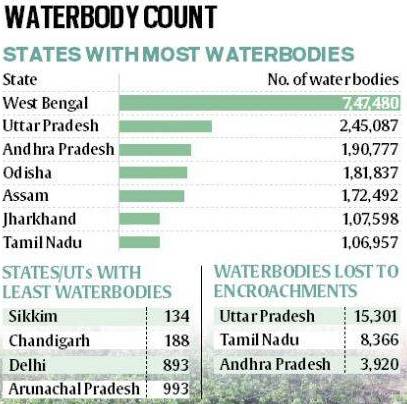The Prime Minister praised Abhilekh patal, a portal with over 1 Crore Pages of Historical Records of the National Archives.
|
Quick Facts |
|
Abhilekh – It is a Sanskrit term used in India for records since ancient times. |
|
PATAL – It is a Sanskrit term for a board, platform, or a surface, has been used as an acronym for Portal for Access to Archives and Learning. |
At the One World TB Summit, Prime Minister reiterated India’s commitment to spearhead TB elimination effort.
Ni-kshay portal tracks the entire cascade of care for each TB patients and new shorter treatment regimen for TB.
TB Mukt Gram Panchayat Abhiyaan
Clean energy coalition of WWF says all forms of renewable power are better than fossil fuels.
Findings
The Ministry of Jal Shakti released the first census of waterbodies in India.

Findings
More than 181 members of the Hakki Pikki community from Karnataka are stuck in violence-hit Sudan.
The Hakki Pikki is a tribe that lives in several states in west and south India, especially near forest areas.